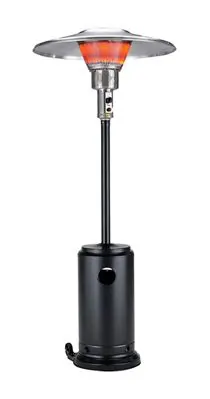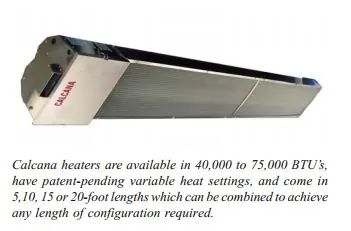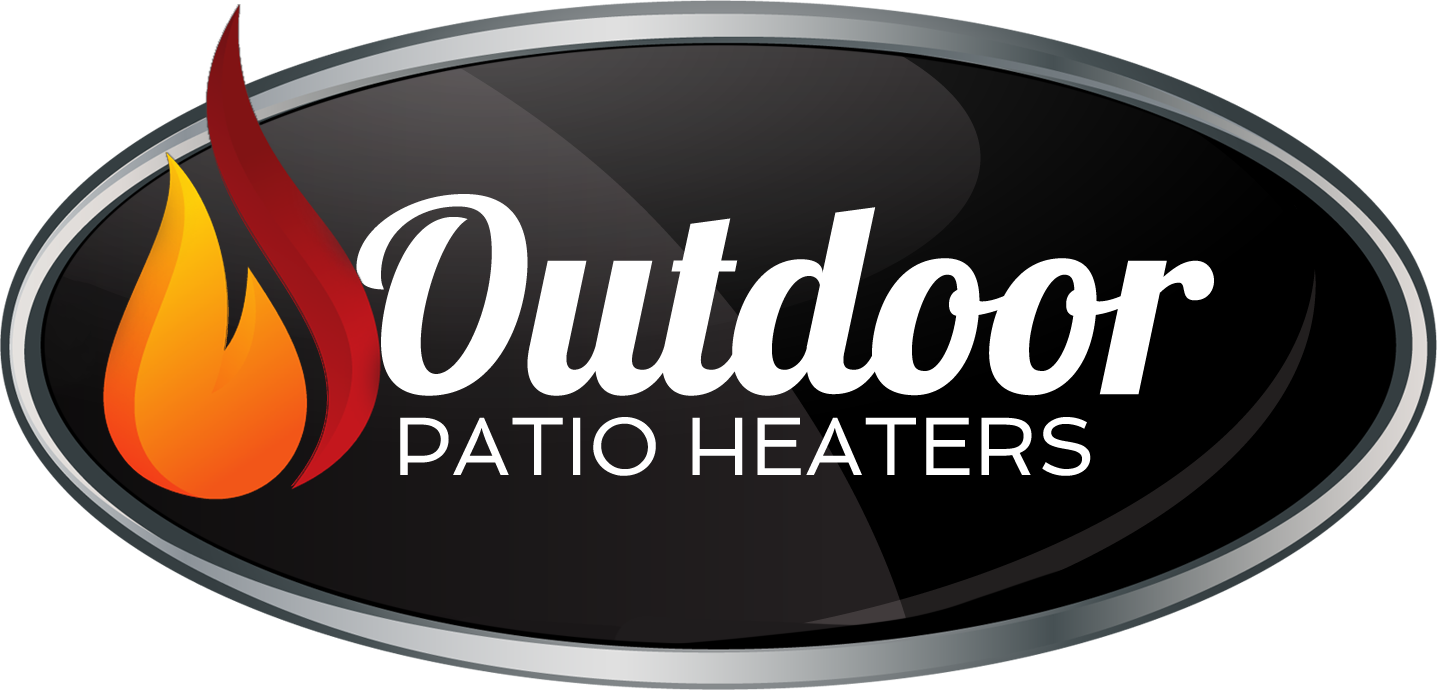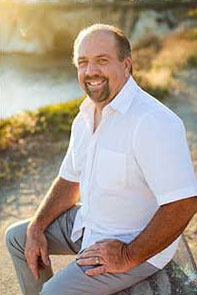Every restaurateur wants maximize their seating and table arrangements to accommodate as many paying diners as possible. Many restaurants, bars, and other establishments now have patios catering to patrons who prefer to sit outdoors in the fresh air—but of course if that air is too cold, precious business can be lost.
Many have been stuck with the old mushroom-style heaters to warm their patios and have encountered many problems. They take up space where paying customers could otherwise be seated, and they are usually a headache: they often fail (usually when the patio is full of customers), require substantial clearance to combustible materials, and frequently need to be replaced. And most importantly patrons are not kept comfortably warm.


“Besides being in the way, mushroom-style heaters also have the problem of the propane tank going empty on you,” says Tom Kershaw, owner of Boston’s famed Cheers pub. “It always seems to go on nights when you have a full house outdoors. And they might give you some flexibility if you have tables that you move around and set up in different configurations, but in our particular application the tables are fixed in the same place always, so they definitely wouldn’t have worked here.” “One of the main problems with a mushroom style heater is that it’s a very small area that gets heat,” agrees Kent Anderson, co-owner of Karson Builders, a contractor specializing in restaurant construction. “In colder seasons, people sitting outdoors migrate where the heat is. People pull their tables right under it and congest in that little area.” This of course means much larger areas where patrons aren’t sitting, or worse, where they are seated but complaining and not enjoying their experience.
Thankfully, modern technology has come to the rescue in the form of significantly better infrared heating. Heat sources are wall or ceiling mounted and not taking up valuable floor space. They are more efficient, and can utilize either propane or natural gas. Coverage area is more expansive, meaning the whole patio gets heated. Control of the amount of heat is more precise, so patrons are not stuck with either frying or freezing.
“The controls are inside, and we can change the level of heat,” Cheers’ Kershaw says. “Our previous ones were just ‘on’ or ‘off’. With these, we can put them on ‘low’ if we don’t need them a lot, or we go put them on ‘high’ if we need more heat. So that’s a distinct advantage that we didn’t have in our other heaters.” Obviously the return-on-investment for such technology is rapid, as a full patio can now be utilized with no obstructions and in total comfort.
Cheers is a major tourist attraction—the Cheers Beacon Hill location was the inspiration for the long-running TV sitcom. The Faneuil Hall Marketplace location, only a mile from the Beacon Hill pub, is an exact re-creation of the television show set, and hence draws thousands of visitors a year. The outdoor area seats 70, and shivering patrons were obviously not an option.
“The staff and customers have remarked that these heaters are far superior to the ones we had before,” Kershaw continues. “They’re a 10-foot length, and we have them every 15 feet, so they cover a much larger area. They have a considerably greater capacity.”
“These Calcana heaters allow you to seat people wherever you want, because they’ve got good coverage from overhead,” says Karson Builders’ Kent Anderson. “And you don’t have to worry about a post or a heater in the way.” “They come in various lengths and various BTU’s, so they’re quite versatile that way,” Anderson continues. “For instance, we just finished a patio that was 60 feet one way and about 40 feet the other way. We were able to accommodate it with three 20-foot heaters, and that worked out quite nice.”
The heaters are available in 40,000 to 75,000 BTUs, have patent-pending variable heat settings, and come in 5, 10, 15 or 20-foot lengths which can be combined to achieve any length or configuration required.
One of Karson Builders’ clients is a large restaurant chain who has established this particular heater as a firm specification. “This chain has asked us to spec the Calcana heaters now, mainly because of the coverage,” Anderson says. “We used to use the mushroom heaters, but they just didn’t get the job done.”
Of course, restaurants aren’t the only businesses making the move to commercial infrared patio heaters. They can also be found at golf courses, ski lifts, valet areas, swimming pool or hot tub areas, or anywhere people gather outside. For comfortably seating a maximum number of paying customers on a patio in chilly weather, the modern and truly cost-effective answer is infrared heating technology.
For more information about infrared heating systems, call (800) 549-5077 or visit the website www.gasoutdoorpatioheaters.com

